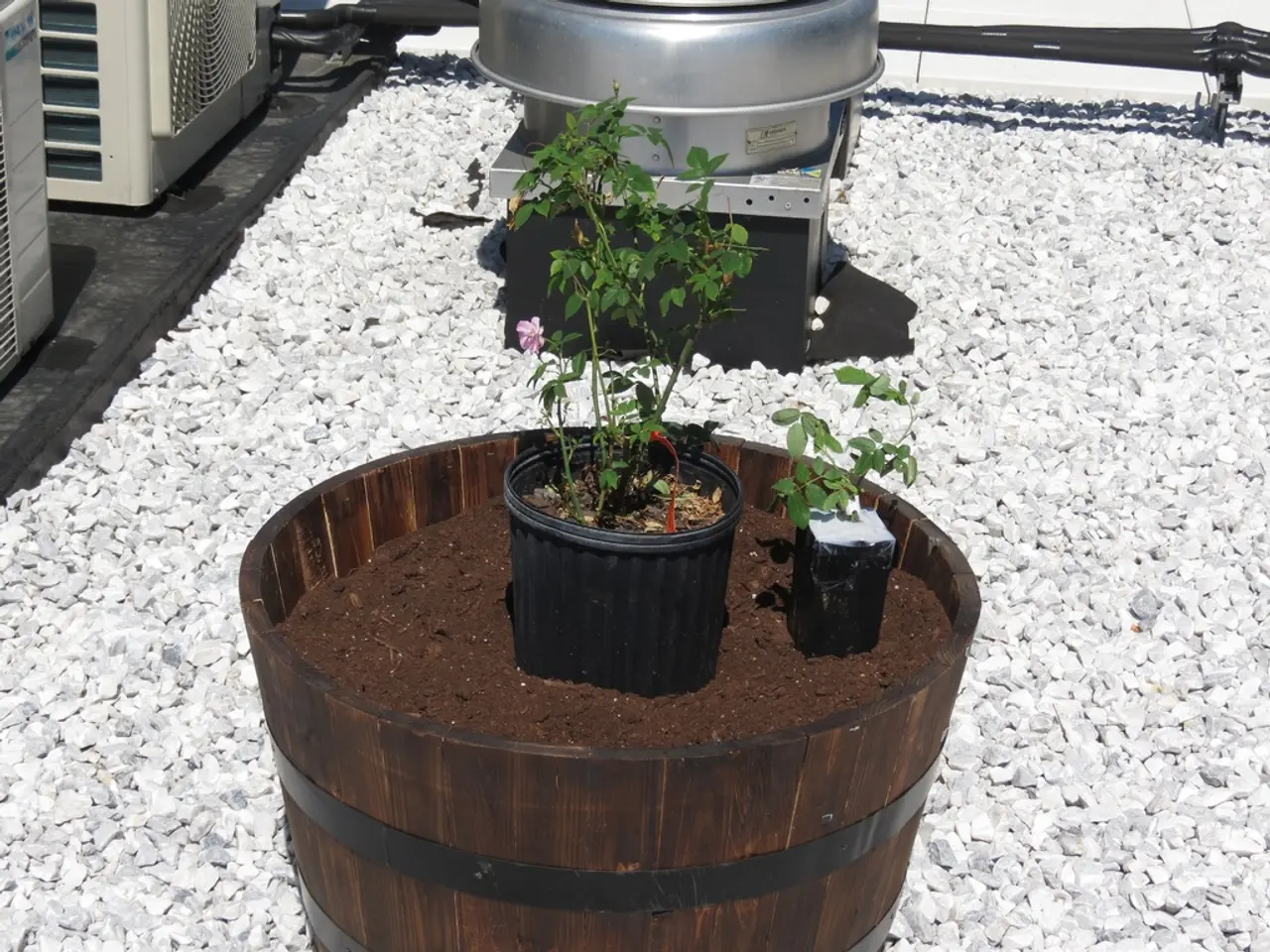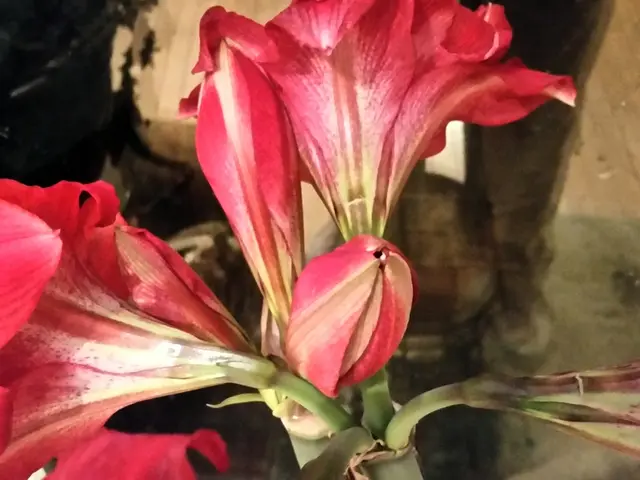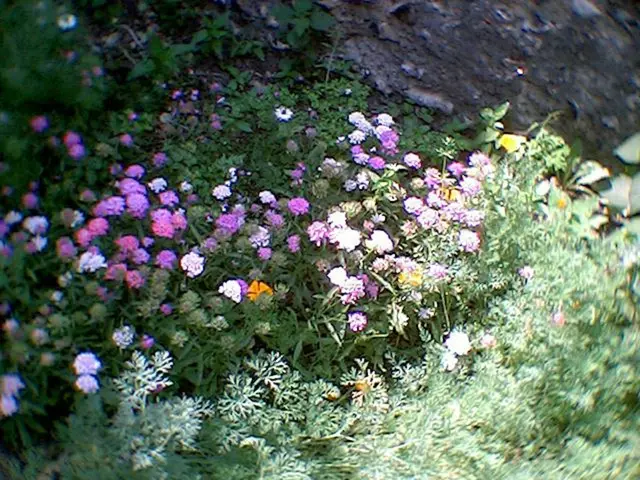Comparing Terrariums, Vivariums, and Other Similar Habitats: A Clarification
In the world of contained ecosystems, there are several types of containers designed to cater to various living organisms. Among these are terrariums, vivariums, aquariums, paludariums, and mossariums, each with its unique features and purposes.
Terrariums, primarily land-based containers, are designed for terrestrial plants and sometimes animals. They focus on soil and plants in a controlled environment, often featuring a glazed exterior. Vivariums, on the other hand, are the overarching term for any enclosed space adapted for keeping animals and plants that simulate a natural habitat. These can be terrestrial, aquatic, or a mix, making them more versatile than terrariums.
Aquariums are water-filled containers specifically designed for aquatic organisms such as fish and aquatic plants. Paludariums, a type of vivarium, combine aquatic and terrestrial elements, creating a semi-aquatic environment ideal for species that live in or around water. Mossariums, a specialized form of terrarium, are primarily focused on cultivating mosses and related small bryophytes in a humid, controlled environment.
The key differences between these 'ariums' lie in their design, purpose, and the types of environments they simulate. Understanding these distinctions is crucial when deciding which container best suits your intended inhabitants' needs.
For instance, terrariums prioritise creating an environment where plants thrive, while vivariums focus on making animals comfortable and happy. A vivarium may contain earth elements and could technically be considered a terrarium, but its primary purpose is to simulate a natural habitat for its inhabitants.
Ripariums, containing earth and aquatic elements, are designed to create a riverbank environment, while mossariums emphasise moss growth and are usually minimalist in terms of other plants or animals. Paludariums favour semi-aquatic animals like lizards and frogs, and terrariums may house reptiles, amphibians, invertebrates, and even plants.
It is essential to optimise your system for what you want to grow, and understanding the differences between different 'ariums' can help in achieving this. For example, vivarium plants are often grouped into categories like "foreground plants" and "carpeting plants," which are better suited to certain vivarium setups.
In conclusion, the suffix 'arium' in both names means 'container.' The prefix 'terra' means 'earth,' and 'vivere' means 'to live.' This classification reflects the different ecological niches and care requirements each type supports. Whether you're a hobbyist or a professional, understanding these distinctions can help ensure the well-being and thriving of your container-bound ecosystem.
In the realm of home-and-garden hobbies, terrariums, whose primary focus is on terrestrial plants and sometimes animals, are designed to replicate earthy environments with controlled conditions, often enclosed in a glazed exterior. On the other hand, a mossarium, a specialized form of terrarium, is centered around the cultivation of mosses and related small bryophytes in a humid, controlled environment.








